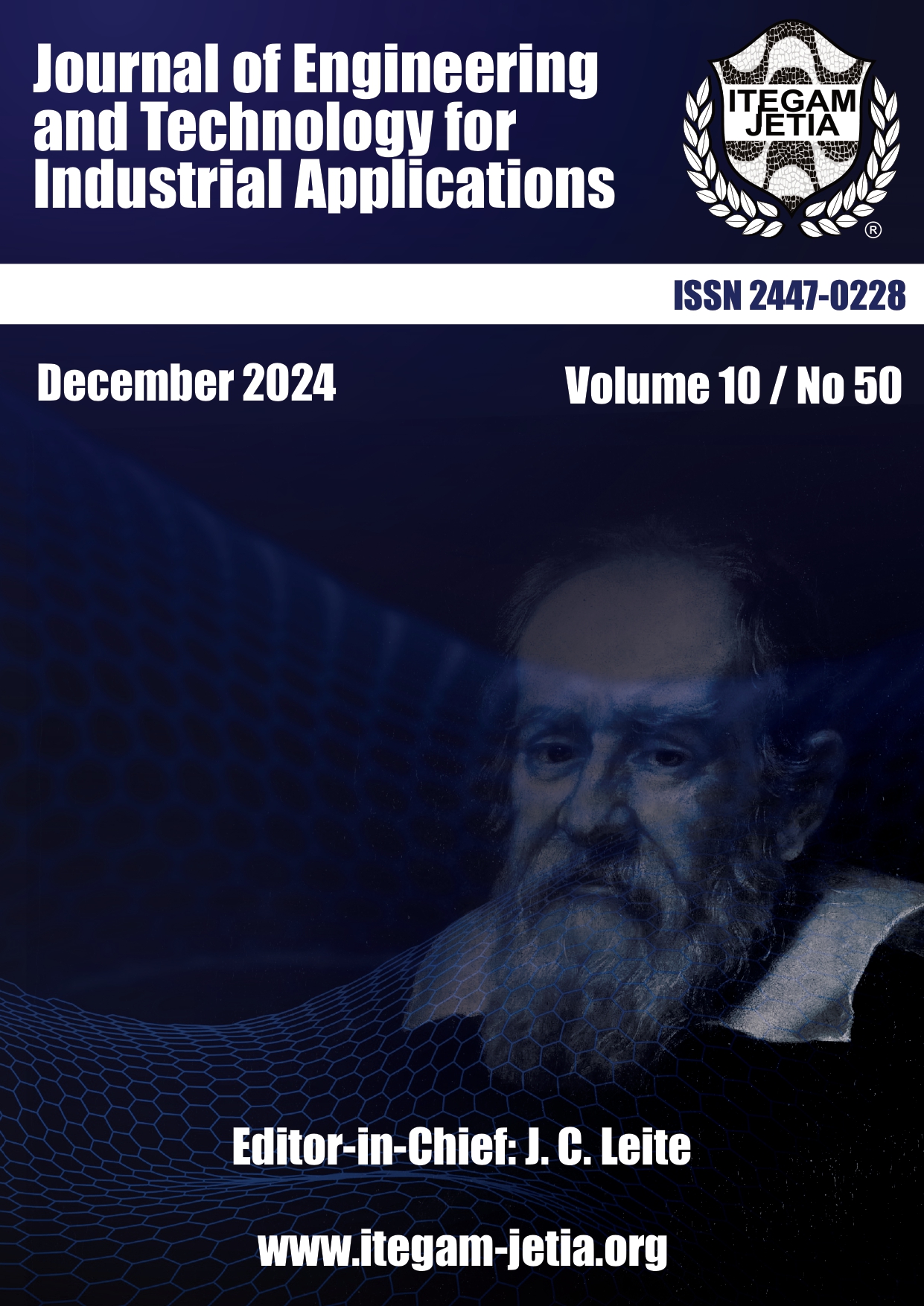Detection of Substation Pollution in District Heating and Cooling Systems: A Comprehensive Comparative Analysis of Machine Learning and Artificial Neural Network Models
Abstract
This study analyzes the detection of substation fouling failures in District Heating and Cooling (DHC) systems using synthetic data. In the study, high, medium and low levels of contamination are considered and both machine learning and deep learning techniques are applied for the detection of these failure types. Within the scope of the analysis, machine learning algorithms such as K-Nearest Neighbors, XGBoost and AdaBoost are compared with the proposed Convolutional Neural Network (CNN) model. The machine learning algorithms and the Convolutional Neural Network model are trained to perform fault detection at different contamination levels. In order to improve the performance of the machine learning models, hyperparameter tuning was performed by Grid Search Optimization method. The results obtained show that the proposed Convolutional Neural Network model provides higher accuracy and overall success compared to machine learning methods. High performance measures such as Matthews correlation coefficient 0.944 and accuracy rate 0.972 were achieved with the CNN model. These findings reveal that contamination detection in substations can be done effectively with CNN-based approaches, especially for situations that require high accuracy. This study on fault detection in DHC systems provides a new and reliable solution for industrial applications.
Downloads
Copyright (c) 2024 ITEGAM-JETIA

This work is licensed under a Creative Commons Attribution 4.0 International License.











